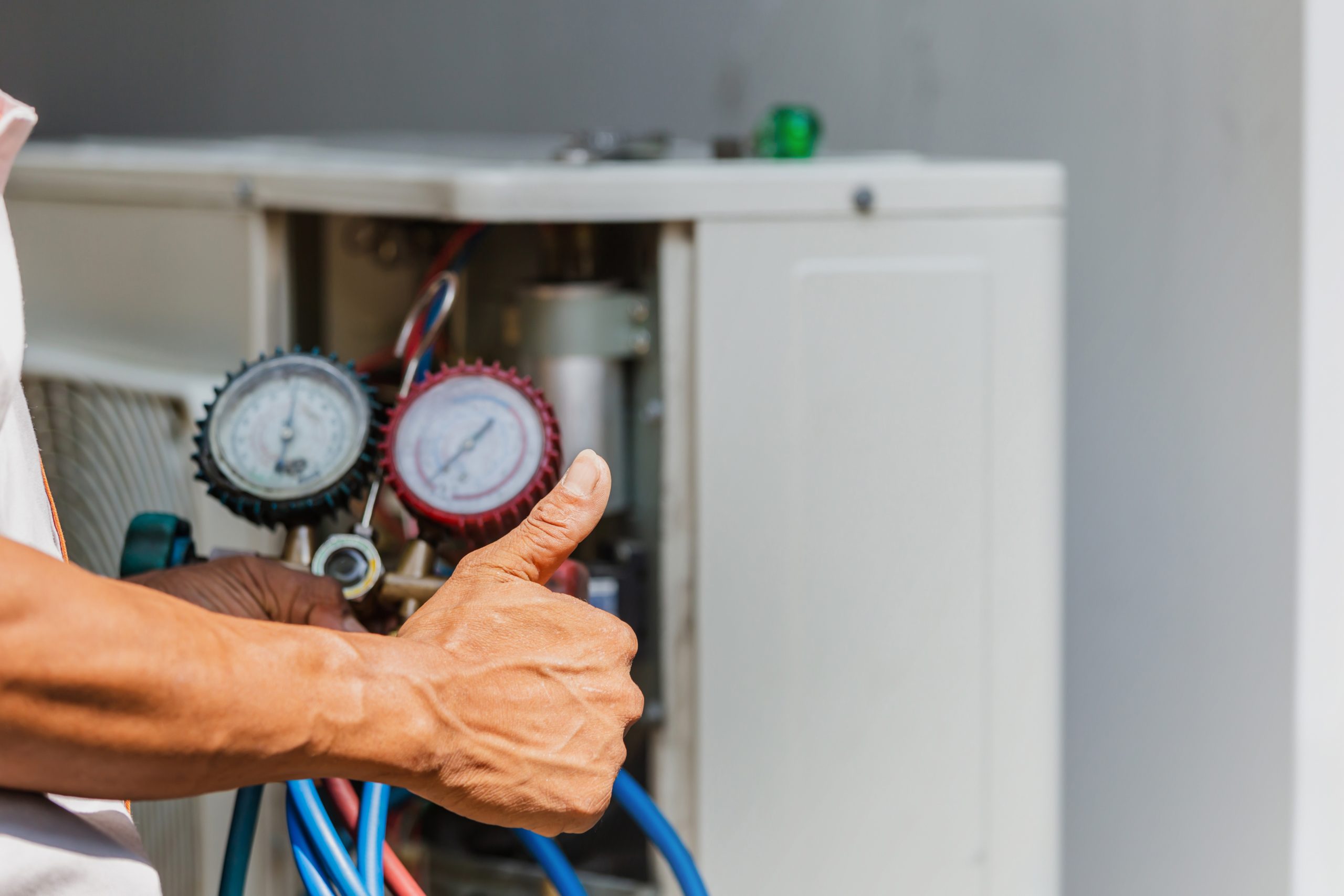Air Conditioning Inspections: What You Need to Know to Keep Your System Running Smoothly
Feb 14, 2023

Goodsmith has lived through three summers in its young existence, and if we have one takeaway, it’s that air conditioning inspections can help prevent system failures, as most issues are avoidable when caught early (and rarely is a system replacement required!). Plus, if you service your units during the off-season, you won’t have to fight the crowds (or stressed supply chains) during peak summer demand. Lastly, if during an air conditioning inspection we discover a material issue, you have time to evaluate your options, get additional quotes, and make a smart decision—rather than a forced one in the middle of summer without air conditioning, which is never fun!
Understanding Air Conditioning Inspections: Why Regular Checkups Matter
Here’s a brief overview of a typical A/C unit inspection, along with some basic insights into how your air conditioning system works. This will help you understand why regular checkups are essential for keeping your system running efficiently.
1. Check Freon Levels
Low freon levels can mean you have a leaking condenser or coil (condensers and coils hold the chemical that removes heat from compressed air to keep your space cool). Catching a leak early can prevent unnecessary wear and tear on your system (a unit with low freon has to work harder to cool air) and prevent an ill-timed system failure (word from the wise – it is rare that your system needs freon without there being a leak so be wary if you ever hear otherwise!).
2. Cleaning the Condenser
As you might imagine, given condensers are outside, they can get mucked up with grass, dust, and other debris. Cleaning them requires some disassembly and know-how (not something we recommend you do yourself). For more on condenser cleaning and best practices, check out this condenser cleaning guide from HandymanHowTo.
3. Thoroughly Clean the Primary Drain Line
Air conditioning units constantly create moisture, especially in Houston. That’s why every unit has a dedicated drain, typically routed to a nearby bathroom sink. However, that moisture isn’t by any means rocky mountain drinking water – it’s a little dirty and can cause build up over time (think of it like grease building up inside your kitchen drain line). While your Goodsmith maintenance team chemically flushes these drain lines during routine service appointments, a thorough once-a-year cleaning is recommended. If a primary drain line clogs and backs up, by design, the excess condensation will spill over into a pan under the air conditioning unit in your attic. This is something we want to prevent to avoid overflow (and subsequent water damage) or a system shutdown (triggered by an automatic switch). Neither is a situation you want to deal with in August.
4. Check Electrical Components and Thermostats
Every unit needs power and computing capacity, thus also requiring a multitude of components, switches, capacitors, boards, etc. While we can’t specifically determine the exact lifespan of each, we at least want to confirm every component is drawing the right amount of power (not too much or too little). Then we’ll test the thermostats to ensure proper computing. For what it’s worth, many of these components wear out before the system itself – it’s not atypical to have to replace them (these repairs make up most of our summer calls).
We look forward to being of service and are here if you have any questions on the topic. On a final note, if you already have plans to upgrade your system, switch out old thermostats, etc., we strongly recommend you do so before summer, be it through Goodsmith or another provider. While seemingly simple, something as basic as changing a thermostat can go sideways.
